Viet Nam affirms its cultural position in the new era
In the era of globalisation, countries compete not only in terms of economy or military, but also in terms of cultural identity and influence. The national cultural brand is a soft passport that helps the country to be present and raise its status in the international arena.
Possessing a long-standing, diverse and unique culture, Viet Nam is facing the opportunity and urgent need to build a strong enough cultural brand to compete globally, towards sustainable development and affirm its position.
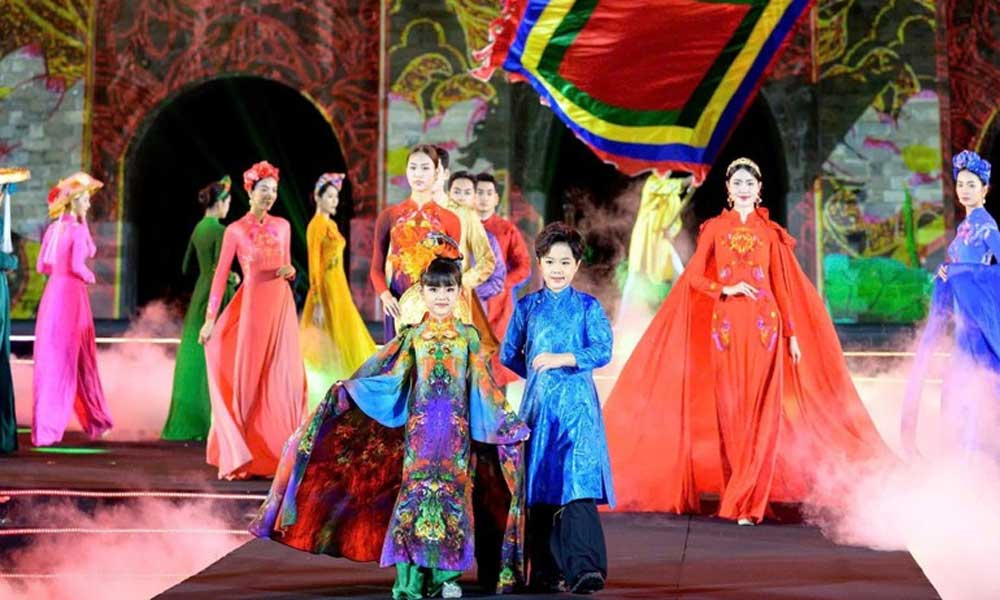 |
|
Ha Noi Ao Dai Tourism Festival 2024 with the theme “Ha Noi - The Quintessence of Ao Dai”. |
Viet Nam possesses a rich and unique cultural treasure, from UNESCO-recognised heritages to the ecosystem of folk art, architecture, costumes, beliefs, oral literature, cuisine and lifestyle.
With 54 ethnic groups living together on the S-shaped strip of land, each region contributes to creating a diverse and unique “living museum”: from quan ho, ca tru, vi giam, to cai luong, don ca tai tu. Vietnamese cuisine such as pho, bun cha, banh mi... is not only a dish but also a cultural story known and loved by international friends.
Traditional handicraft values such as Bat Trang pottery, Dong Ho paintings, Van Phuc silk, Kim Bong wood, Non Nuoc stone, Tan Chau silk, Mang Thit pottery... are precious materials to shape a cultural brand imbued with Vietnamese identity.
However, if not exploited and promoted, cultural potential will only be a “dormant resource” that few people know about. Realising that, the Party and State always consider culture a key factor in the sustainable development strategy.
Right from the Resolution of the 8th Central Committee (1998), the goal of building an advanced culture imbued with national identity was set.
Resolution No.33-NQ/TW (June 9, 2014) continued to emphasise the construction and development of cultural industries associated with the construction and improvement of the cultural market.
At the 2021 National Cultural Conference, General Secretary Nguyen Phu Trong affirmed: “If culture exists, the nation exists”, and at the same time called on the entire political system to join hands in promoting the cultural values and Vietnamese people in the cause of building and defending the Fatherland.
Recently, seriously implementing the direction of the Politburo, the Ministry of Culture, Sports and Tourism has developed a Project to internationalise Vietnamese culture and Vietnamise international culture, practically concretising Resolution No.59 in the cultural field.
Accordingly, cultural thinking is approached as a comprehensive soft strategy, synchronously connecting the elements: culture-diplomacy-economy-communication-tourism-creativity.
Not only introducing Viet Nam to the world, the Project also aims to proactively absorb the quintessence of world culture in the spirit of “Vietnamising international culture” - meaning selective assimilation, not dissolving, creating the dual value of cultural integration in the digital age.
On that basis, aiming to build a Vietnamese cultural brand that is strong enough to spread to the world. Building a globally competitive Vietnamese cultural brand is both an aspiration and an inevitable requirement in the context of a profoundly changing world.
According to Professor, Doctor Tu Thi Loan, in the process of building a national brand, the cultural sector plays a key role, because culture is the spiritual foundation of society, both a goal and an endogenous strength, an important driving force for national development.
Professor, Dr. Tu Thi Loan analysed: Cultural factors will contribute to promoting and developing products representing Vietnamese brands to have a solid position in the domestic market and reach out to the world.
In the “national brand map” published annually by Brand Finance, countries with high cultural brand indexes have a clear advantage in “soft attraction”, creating investment flows and global sympathy.
Because a cultural brand not only increases national prestige but also arouses national pride, enriches identity in the integration process, and at the same time promotes public diplomacy, builds trust and understanding among nations.
Fortunately, according to Brand Finance’s 2023 report, the value of Viet Nam’s national brand increased by 102% in the 2019-2023 period, making Viet Nam the fastest growing country in the world, in which culture plays an important role.
This demonstrates that culture has gradually become the foundation of growth, a resource for developing creative industries, exporting culture and awakening national strength.
Looking at the world, it is not difficult to identify the success of countries that have shaped their own cultural brands: the Republic of Korea with the Hallyu wave has turned K-pop, movies, cuisine and fashion into a global phenomenon, contributing to helping this country rise to the top 10 national brands in the world.
Japan is not only famous for technology but also for anime, tea ceremony, Zen culture - creating an image of “Cool Japan” that the government has built a systematic investment strategy to promote. Singapore combines diverse culture with technology, building a modern national brand, attracting investment and tourism.
The above examples show that cultural brands need to be planned as a long-term, consistent strategy and have synchronous and unified coordination between the State - businesses - people - creative community.
For Viet Nam, in addition to traditional promotional activities such as organising Vietnamese Cultural Weeks abroad, cultural and artistic events with international elements such as Hue Festival, Ao Dai Festival, Folk Art Festival, painting and culinary exhibitions, Ha Noi International Film Festival, etc. have also contributed to building a positive image of the country and its people.
The fact that more and more Vietnamese artists are appearing on global platforms, Vietnamese films are winning international awards, Vietnamese cuisine is continuously honored by international media, etc. are optimistic signs for the effort to raise the value of the influence of national culture to friends around the world.
However, in a comprehensive assessment, it is necessary to frankly admit that these activities still lack strategic connections and have not yet formed a clear “cultural brand identity”.
The reasons come from many factors: first, financial and human resources for the cultural industry are still limited, making it difficult to invest in large-scale promotional projects or develop internationally competitive cultural products.
Second, mechanisms and policies are not flexible enough to encourage the participation of the private sector, especially creative enterprises, leading to the exploitation of cultural heritage often being spontaneous and lacking long-term orientation.
Third, the competitiveness of Viet Nam’s cultural industry is still weak compared to countries such as the Republic of Korea and Japan.
The role of the private sector, especially creative enterprises, has not been encouraged strongly enough. The exploitation of heritage values to create cultural-tourism-export products is still spontaneous, lacking strategic depth and marketability.
For the Vietnamese cultural brand to reach far, a comprehensive and systematic approach is needed. First of all, culture must be considered a pillar of national development, linked to economic development, education, diplomacy, and technology policies.
There needs to be a long-term strategy with a clear goal: to position Viet Nam’s image as a country rich in identity, open, dynamic, and creative.
Along with that, it is necessary to invest in research and selection of cultural symbols with high representative potential such as UNESCO heritage, traditional arts, folklore, cuisine, fashion, etc. to develop into “national cultural products” with the ability to compete internationally.
In particular, it is necessary to open up the flow of creativity in society, encourage cultural enterprises, artists, content creators, filmmakers, designers, etc. to participate in creating the national image.
The State should play the role of creating the environment and leading policies, while the private sector and the community play the role of implementing forces.
Tran The Thuan, Director of the Department of Culture and Sports of Ho Chi Minh City, shared: The process of preserving Vietnamese identity in comprehensive integration is also about “giving” and “receiving”.
The solution that needs to be prioritised now is the policy system, legal regulations to create momentum for the development of the cultural sector in general and cultural diplomacy.
Bringing Vietnamese culture to the world cannot be without the support of media, technology and digital platforms. At the same time, it is necessary to see that the Vietnamisation of international culture is also a process of proactively and selectively receiving universal values from the world, enriching Vietnamese identity, and at the same time shaping a brand with a “modern interface” for traditional culture, ensuring harmony between preservation and innovation, between tradition and creativity, between local and global.
In the article “Striving for international integration”, General Secretary To Lam pointed out: “In terms of culture, integration must be associated with preserving, promoting and advertising national culture; developing cultural industries, content industries, cultural products and brands with quality and global competitiveness”.
Building a Vietnamese cultural brand with global competitiveness is a long journey, not easy, but full of prospects and inspiration. This is not only the task of the cultural sector, but also a national strategy, a common aspiration of the whole nation.
 Bắc giang
Bắc giang
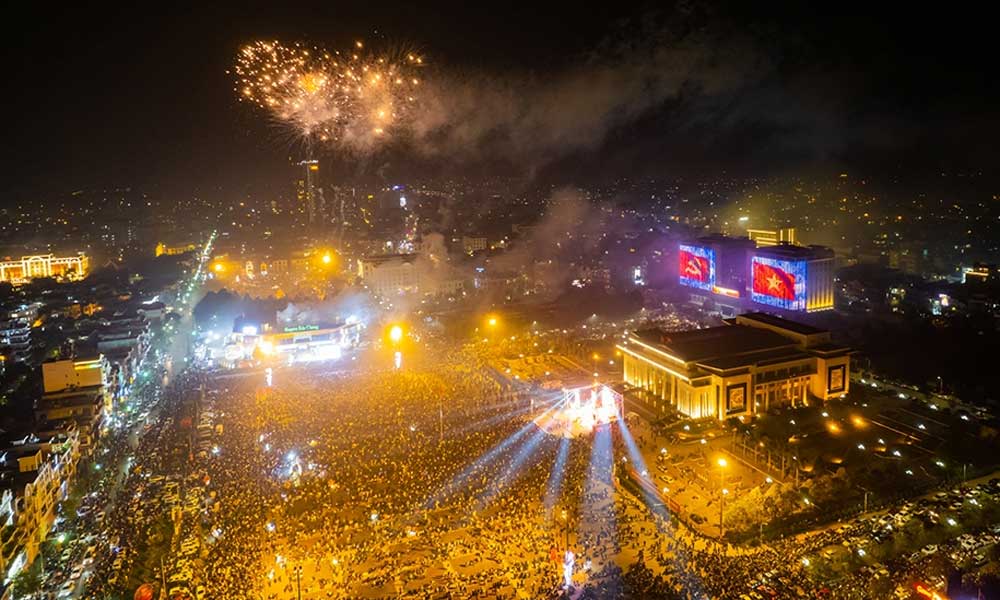
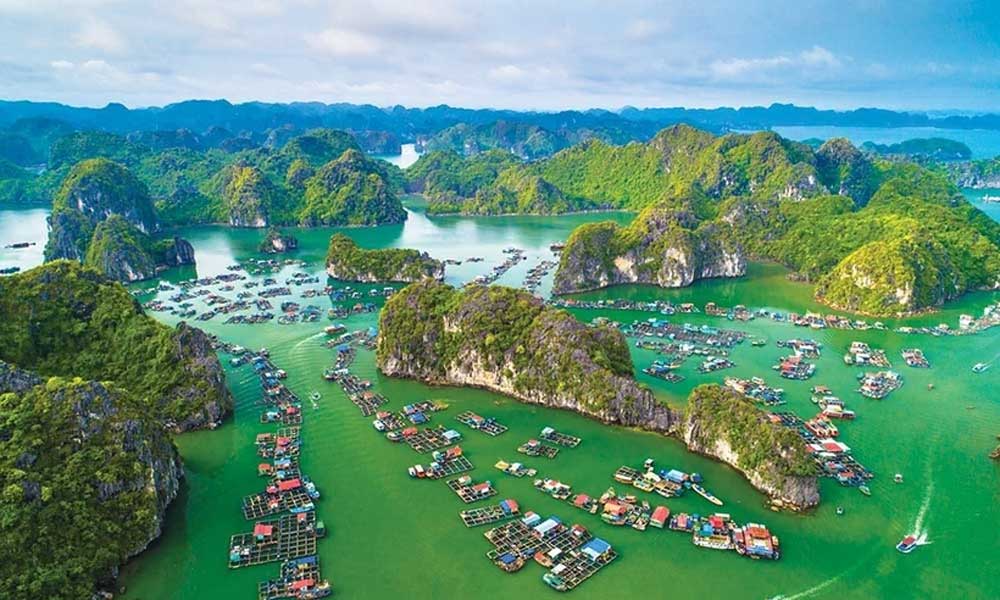




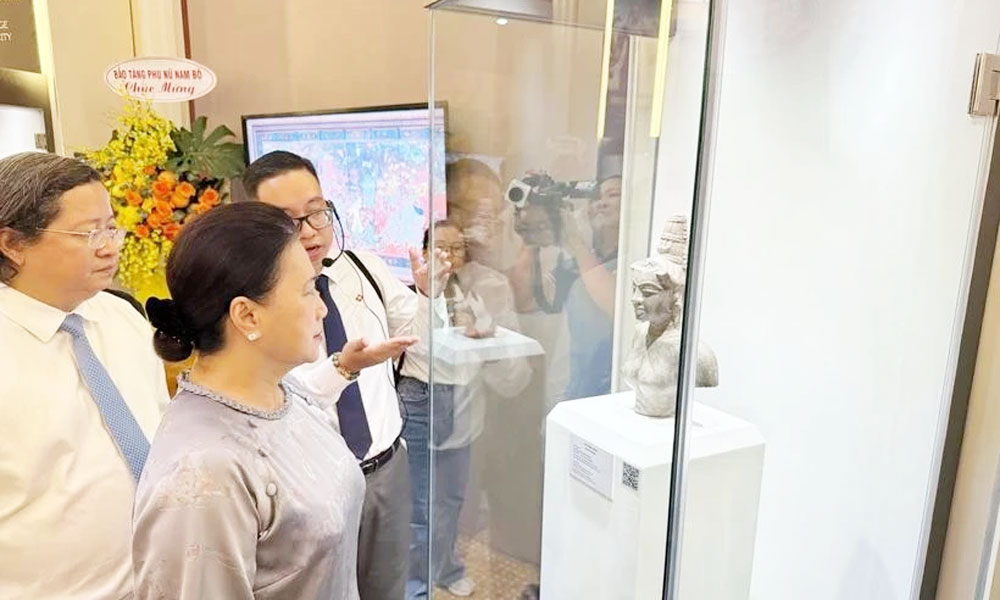
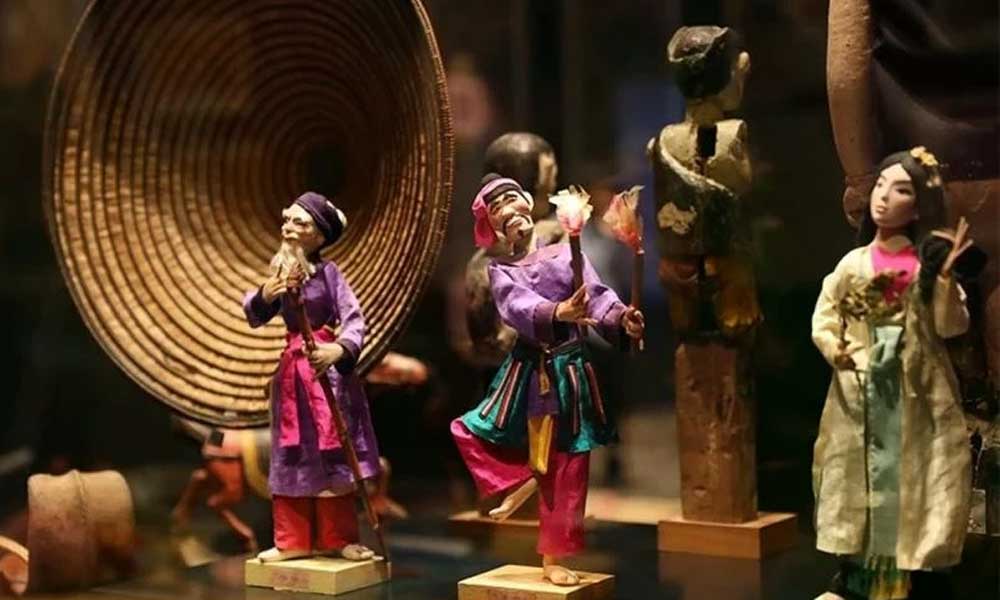

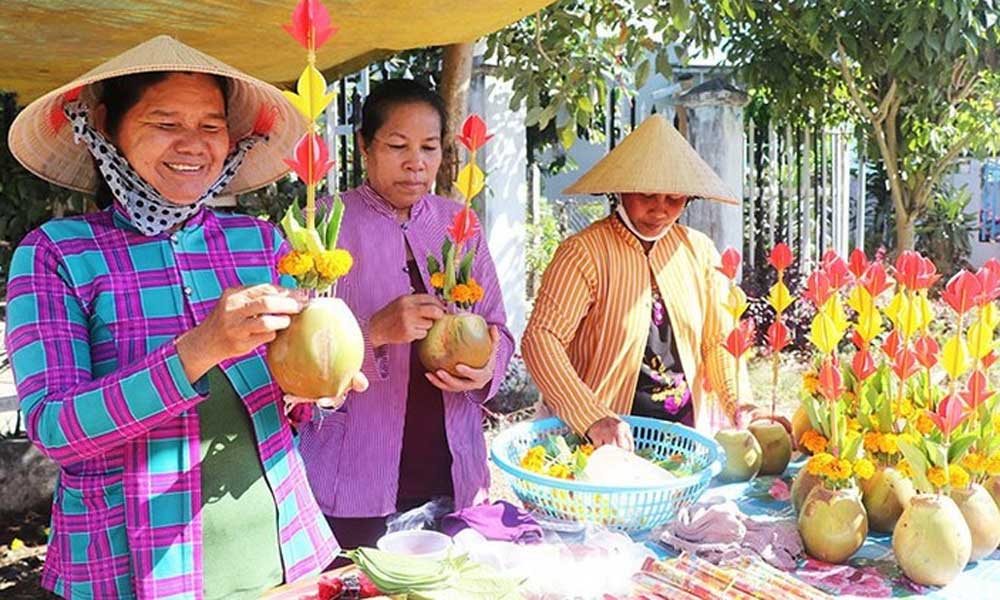



Reader's comments (0)